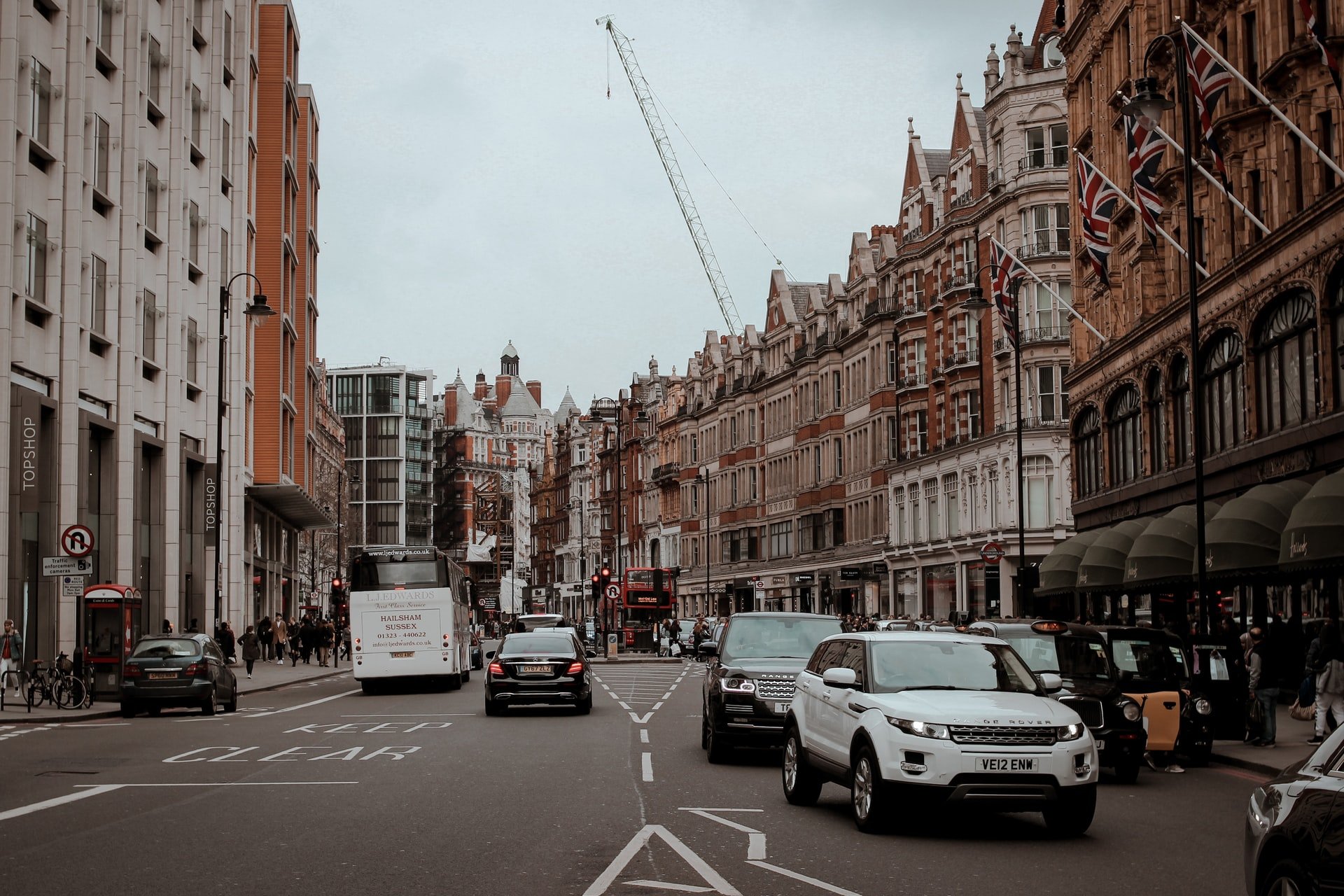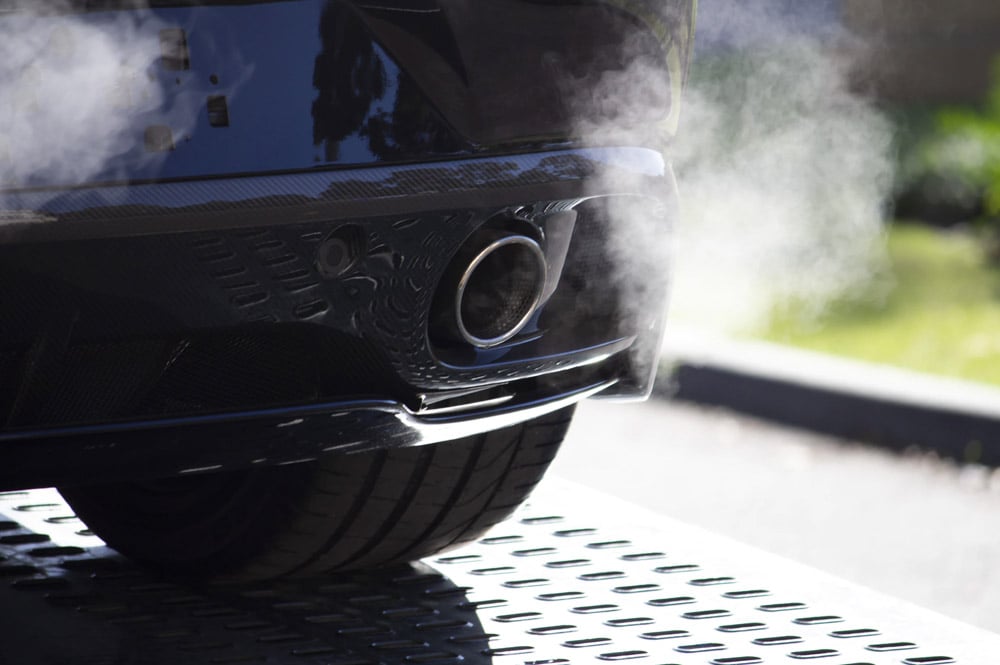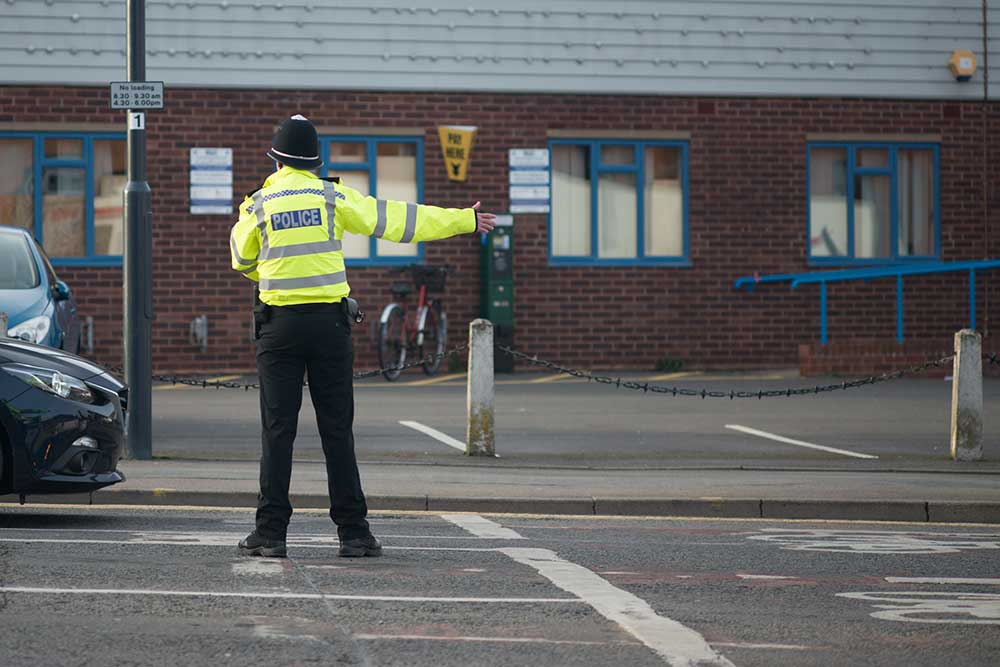A guide to the MOT Test


If you own and use a vehicle on the road it is your responsibility to ensure this vehicle is maintained and kept in a condition that deems it roadworthy at all times.
If you own and use a vehicle on the road it is your responsibility to ensure this vehicle is maintained and kept in a condition that deems it roadworthy at all times. To ensure your vehicle is kept in a roadworthy condition and to make sure it complies with road safety laws, an MOT test needs to be carried out on your vehicle. Once your vehicle is three years old you need to book it in for an MOT test. However, if your vehicle is used as a taxi or has more than eight passenger seats then different rules apply.
Every car needs to meet the required minimum legal requirements at the time of the MOT test. The MOT test will check important items on your car to ensure everything complies. It is imperative that you understand what the MOT certificate means. The certificate does not guarantee the overall mechanical condition of a vehicle. An MOT certificate confirms that at the time of the test your vehicle met the minimum acceptable environmental and road safety standards required by law without the need for dismantling your vehicle. The certificate is not a substitute for regular maintenance. The test does not cover the condition of the engine, clutch or gearbox. You can use an MOT check tool to see the history of your vehicle.
The following is a complete list of all the checks your vehicle will undergo during its MOT test. The list groups the checks under each component. However, during the test, the tester will carry out the checks in a specific sequence that has been designed to save time.
Body of the vehicle and components including spoilers and bumpers . The body must not be insecure or displaced which might lead to loss of control of the vehicle when driven or be a danger to other road users.
If your vehicle has a fuel leak this will result in an MOT fail straight away. The tester will check under the bonnet and throughout the run of the fuel line from the fuel tank to the engine. The tester will check:
If any of the following are evident with the exhaust system, the MOT of the vehicle will fail if:
Emissions are checked using specialised equipment. Dependant on age and fuel type of vehicle, vehicle must meet the requirement for exhaust emissions. Excessive smoking (tester visually checks) is a reason for failure. Diesel smoke emissions are checked by using a smoke meter.
All seat belts fitted to any vehicle must be inspected for:
Part of the seat belt test includes checking of supplementary restraint systems. This inspection includes airbags, seat belt pre-tensioners and seat belt load limiters. A check of the malfunction indicator lamp (MIL) is also carried out. The MOT will fail if:
All seats within a vehicle need to undergo the following checks by the MOT tester:
The MOT tester will check all doors to make sure:
All checks are applied to obligatory mirrors. Each vehicle must have the minimum number of required mirrors. All mirrors must:
This test checks to make sure the boot or tailgate can be secured in the closed position.
Brake efficiency and balance is tested as part of the MOT. The test carried out is an efficiency test and checks the operation and performance of the brakes. Anti-lock braking system is checked and tested as well as electronic stability control, the electronic park brake and the brake fluid warning light.
The parking brake is also checked. This could be a hand, foot or electronically operated brake. The mountings will be checked for security and/or corrosion. The brake lever or control will be a fail if it is:
This part of the MOT test looks at the condition, security, tyre size and type and most importantly tread depth. The grooves of the tread pattern must not be less than the legal requirement of 1.6mm. It must be notes spare tyres are not inspected. All tyres must be correctly matched with regard to:
Note: vehicles first used on or after 1 January 2012 will require a check of the MIL for tyre pressure monitoring.
All vehicle registration plates will be checked to ensure they meet the legal requirements. The VIN must not be an incomplete number. For registered vehicles the registration plate must be:
All lights are checked on the vehicle. Headlamp beams are checked to ensure they are correctly set so as not to dazzle other road users. All lights are checked for:
The bonnet of a vehicle will be checked to ensure it latches securely when in the closed position
This check includes all items that affect the driver’s view of the road. The check includes the condition of the windscreen, wipers and washers.
Nothing must be obstructing the view in the windscreen – satnavs, air fresheners or hanging trinkets from the mirror. The driver’s view of the road must be clear. Any cracks directly in front of the driver less than 10mm in diameter are acceptable. The washers and wipers are checked to ensure:
The MOT test of the horn is carried out to ensure:
This test checks the condition of the steering column, steering lock and steering oil level. Checks are carried out to ensure no inappropriate repairs or modifications have been made.
The malfunction indicator lamp is checked to ensure no warning light is visible. Under bonnet and under vehicle checks are carried out to check the suspension of the vehicle. The suspension is checked for wear by the tester applying loads in various ways with the wheels jacked up. The MOT tester will observe this from beneath the vehicle.
The MOT test will check all visible electrical wiring on the vehicle and the battery.
Across the UK there are approximately 20,000 garages which are authorised by DVSA as MOT test stations. Any one of these garages can carry out your MOT test. An authorised test centre has to display the blue MOT ‘triple triangle’ logo which identifies them as an authorised test centre. Each test centre must display the maximum chargeable fee on a poster. However, an MOT test centre can charge less for the test should they wish.
How are vehicles tested?
The government agency DVSA supervises and is responsible for the MOT scheme. They supervise the scheme by ensuring all the testing centres carry out MOT’s to the correct standards. They do this by:
Documenting all required test methods and standards.
If you are not happy with the result of your MOT test then you should discuss it with the MOT test station representative. It is imperative that you don’t change the condition of the vehicle and it is important that no one carries out any repairs to the vehicle.
You need to complete an appeal form. Form VT17 is available from any MOT test centre. We must receive your appeal within 14 working days of the date of the MOT test along with a full test fee. Within 5 days of receiving your appeal form we will offer you an appointment to have your vehicle re-examined. If your appeal is successful we will refund some or all of the test fee back to you.


